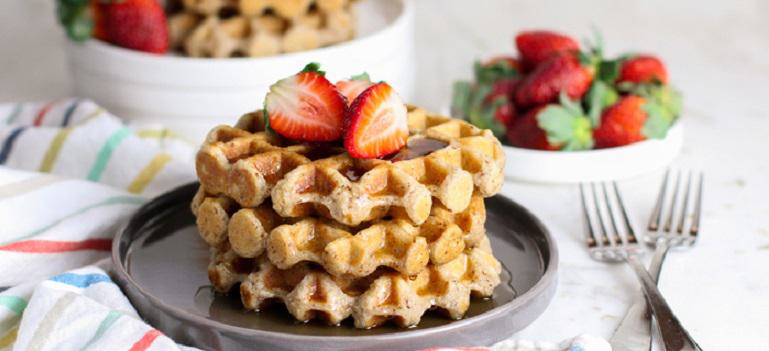


 If you like to buy yeast in bulk, then storing it in the freezer is an excellent option. Though some manufacturers claim that freezing dry yeast results in damaged yeast cells and less flavor, it's not actually the case. Instead of hurting the yeast cells, freezing them puts the cells in a state of suspension, allowing the yeast to thrive until you're ready to use it.
If you like to buy yeast in bulk, then storing it in the freezer is an excellent option. Though some manufacturers claim that freezing dry yeast results in damaged yeast cells and less flavor, it's not actually the case. Instead of hurting the yeast cells, freezing them puts the cells in a state of suspension, allowing the yeast to thrive until you're ready to use it.
 In this article, we've reviewed a lot of information regarding caring for and storing active dry yeast. While the many storage methods are similar, they do share unique qualities. Here's a quick recap of everything you should know about proper yeast storage.
In this article, we've reviewed a lot of information regarding caring for and storing active dry yeast. While the many storage methods are similar, they do share unique qualities. Here's a quick recap of everything you should know about proper yeast storage.
 When properly stored, active dry yeast can be used to create an endless amount of delicious recipes. If you're searching for new ways to use the active dry yeast in your pantry, try out one of the tasty dishes below.
When properly stored, active dry yeast can be used to create an endless amount of delicious recipes. If you're searching for new ways to use the active dry yeast in your pantry, try out one of the tasty dishes below.